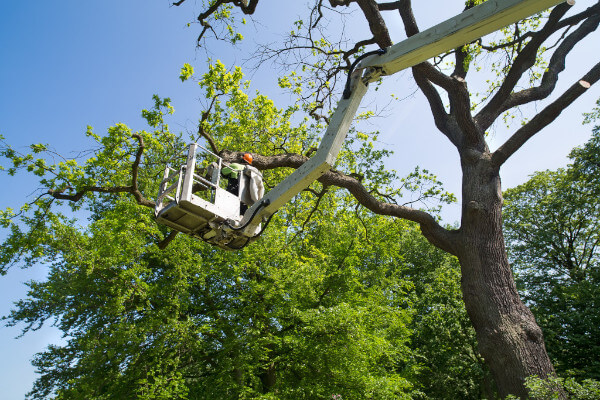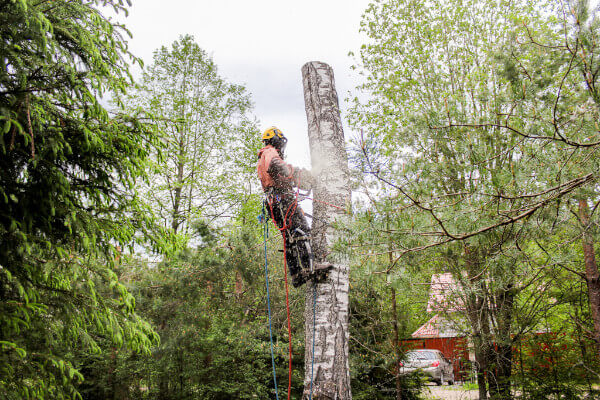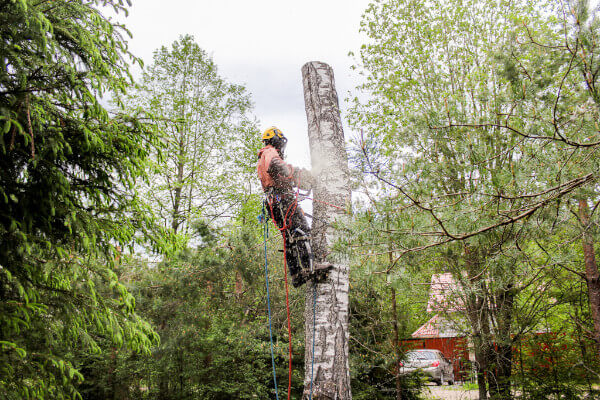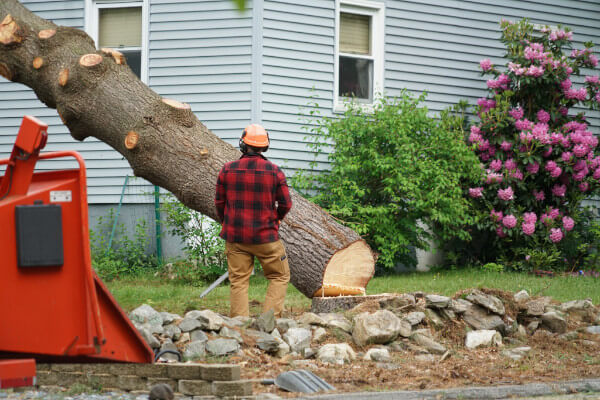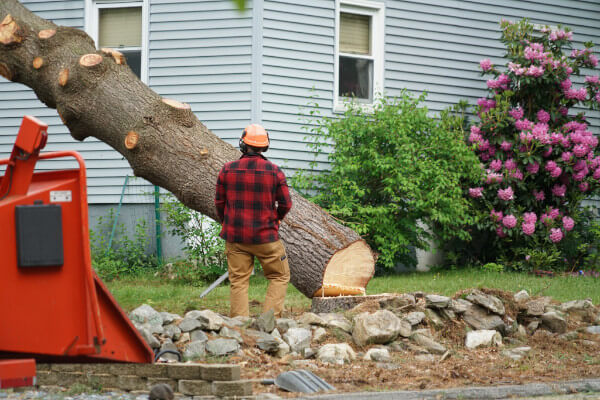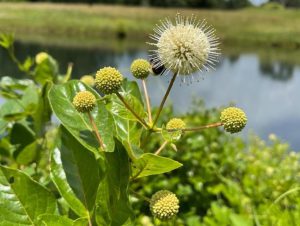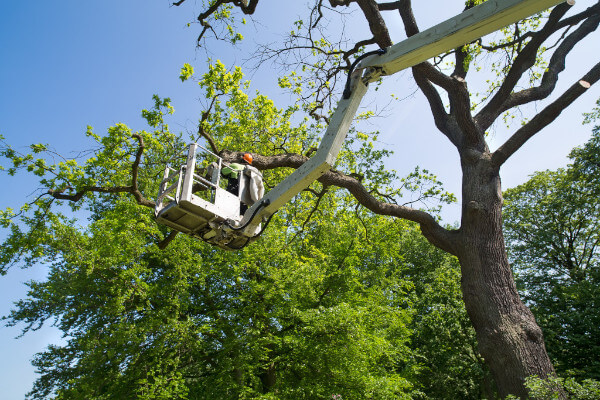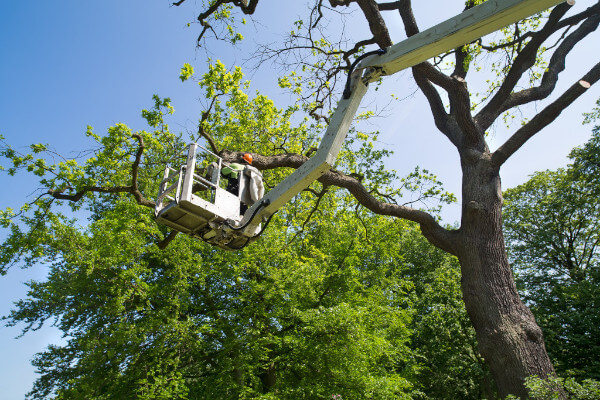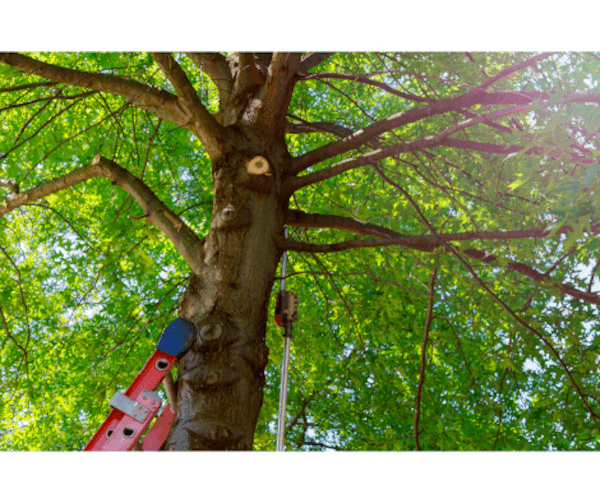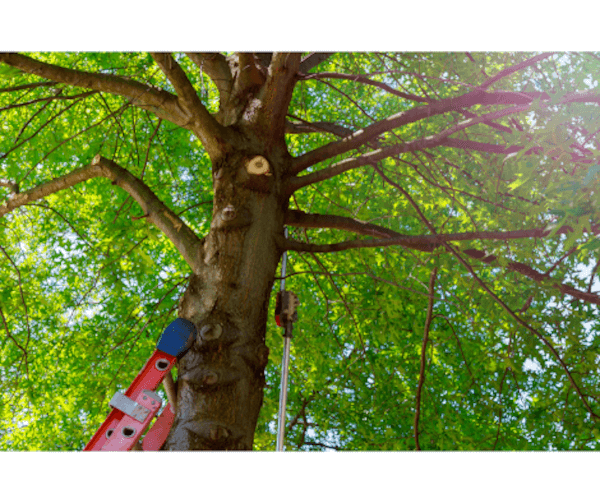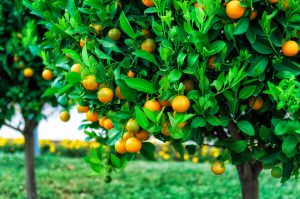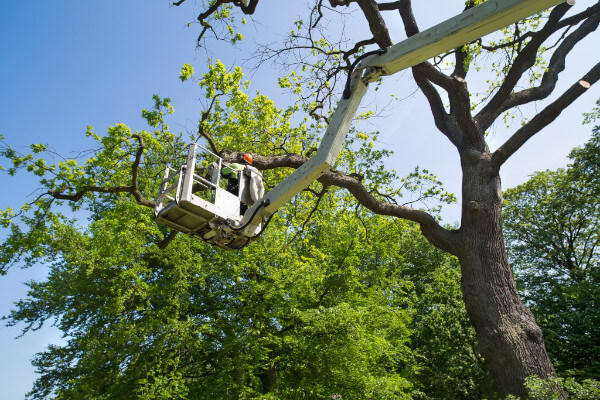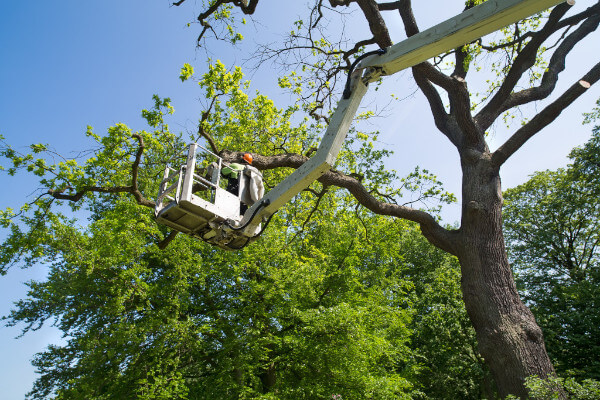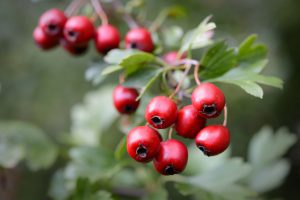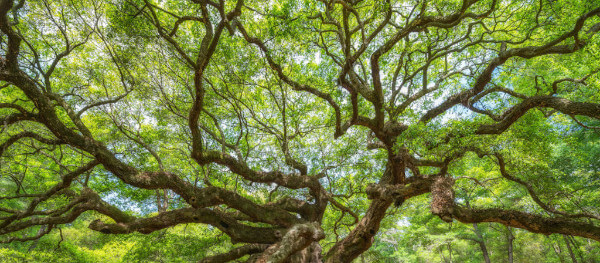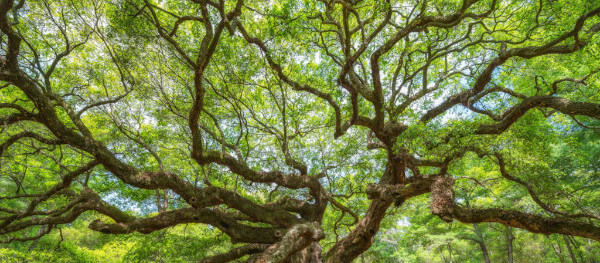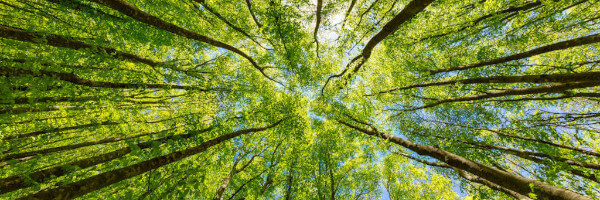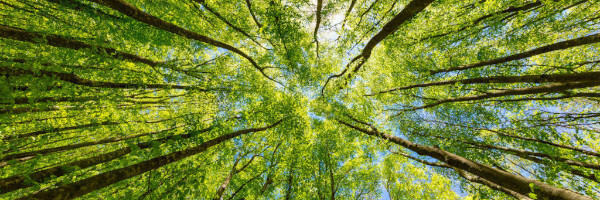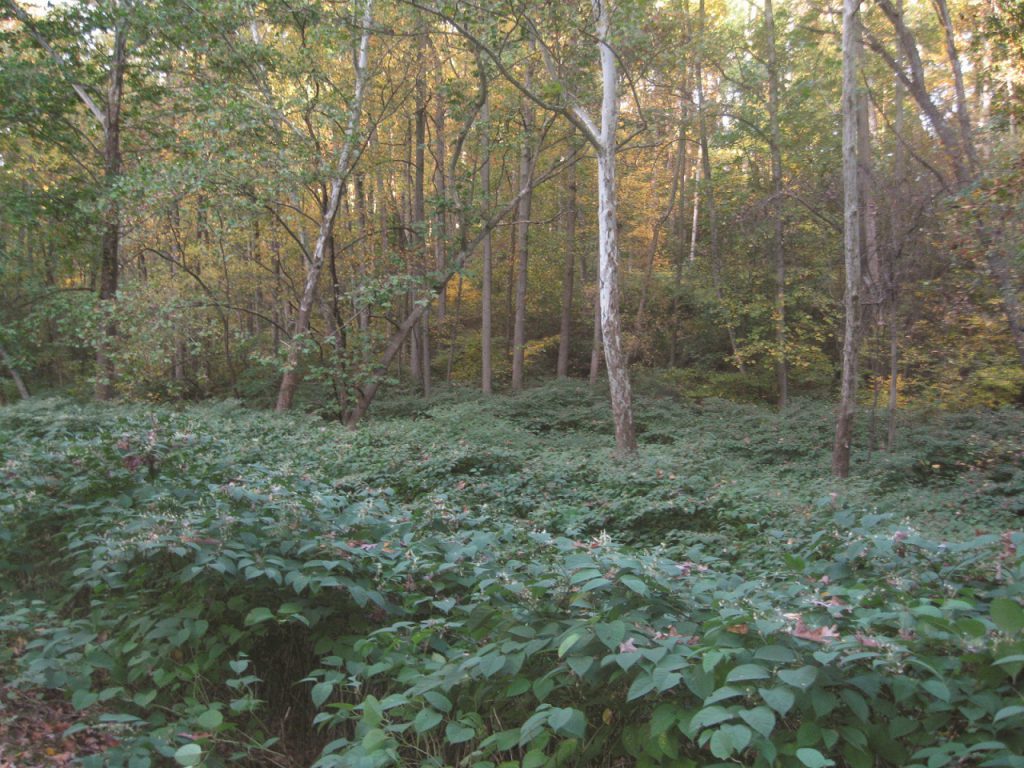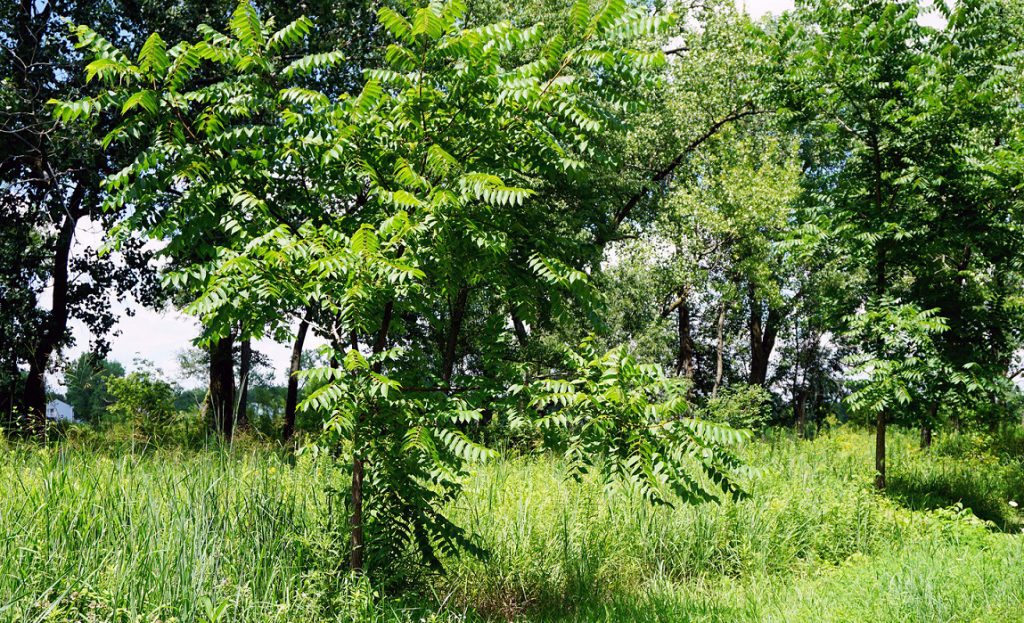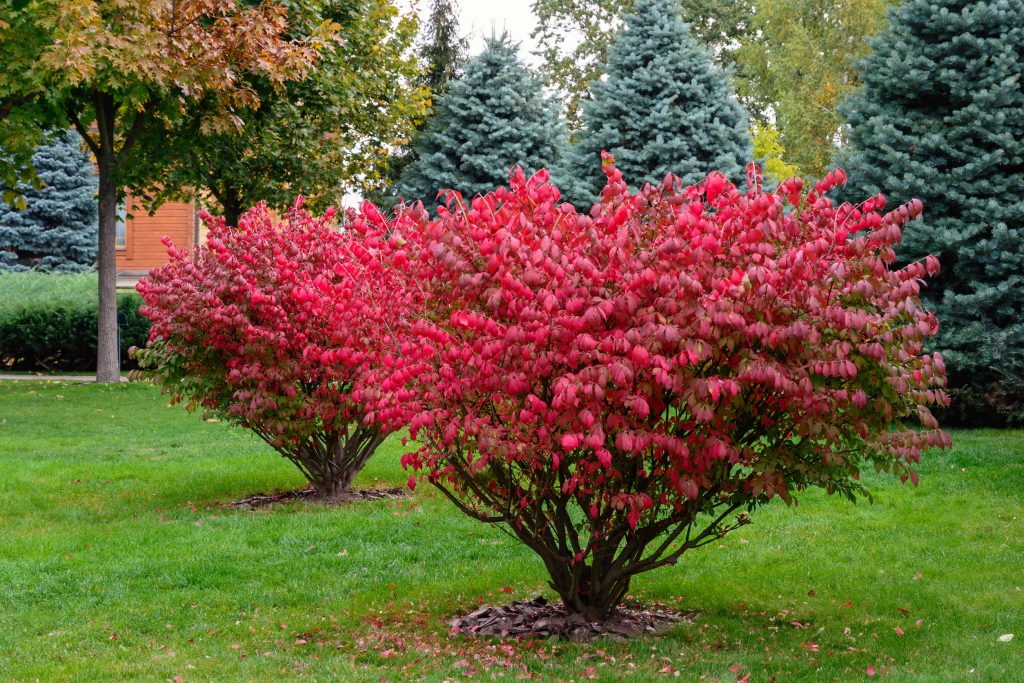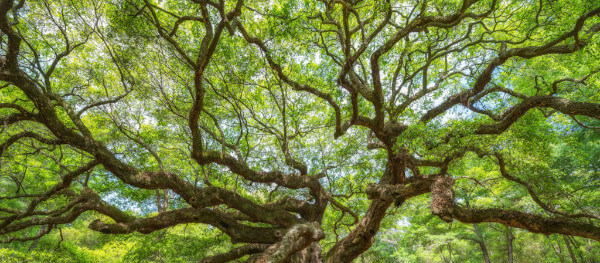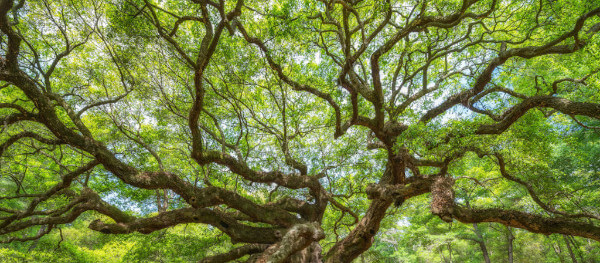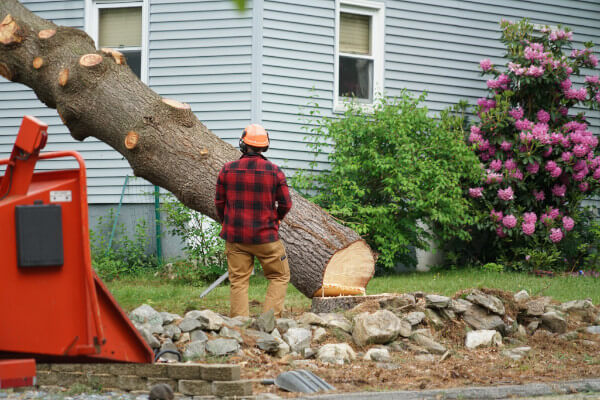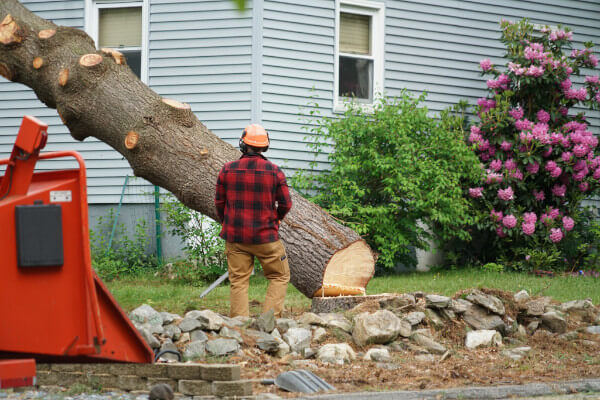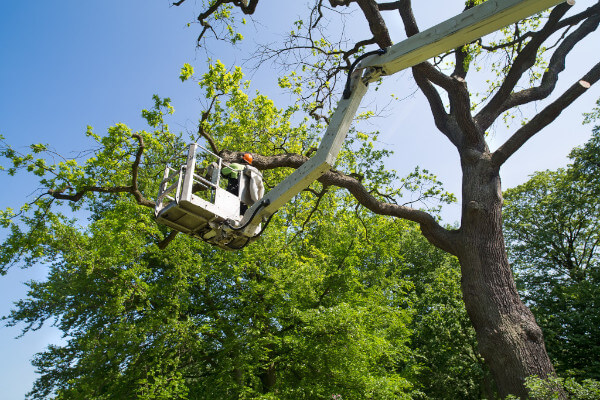
If a tree on your property has come down, your next step is to determine what should be done with the tree stump. You can leave it right there too but that can lead to safety and property damage issues. With that said, should you call tree stump services for stump removal or stump grinding?
At Chippers Tree Service, we offer both stump grinding and total removal services to help homeowners keep their property clean and safe. In this post, our arborists have compiled a list of factors that explain the pros and cons of stump grinding and removal in detail.
Stump Grinding Services
Grinding a tree stump requires specialized ground saws to shred a stump into sawdust or wood chips. The grinding machine can reduce the stump to ground level, or as low as 12 inches below the ground level which can then be filled with dirt.
This way of getting rid of stump offers many advantages, such as:
It’s quick and efficient: It takes only a couple of hours, depending on how big the stump is. Post-service cleanup is equally fast.
It doesn’t require a lot of filling: When the stump is ground, the roots stay in place and there’s either no hole or a very small hole that needs to be filled afterward.
It’s cheaper: Grinding a stump is cheaper than removing it completely.
Stump Removal Services
This option involves pulling out the entire tree stump from the earth using a tractor or a hydraulic jack. If you want to remove the risk of all the issues that come with having a tree stump on your property, including pests, fungi, and burst underground pipes, this is a recommended option.
Here are a few advantages of stump removal:
It’s easier to replant a new tree: Once you have completely removed the stump, you can plant a new tree in its place. Many people like the idea of planting a new tree in the same spot as the old one because of the sentimental reasons.
It eliminates the risk of future problems: When the stump is completely removed, there is no risk that it will rot or sprout down the line.
If you are not sure which option is better for your situation – tree stump grinding or stump removal, our experts at Chippers Tree Service will be happy to talk to you and offer their two cents. Schedule a consultation and we will visit your landscape to inspect the tree and recommend the best course of action.
The post Tree Stump Grinding vs Stump Removal appeared first on Chippers Tree Service.
